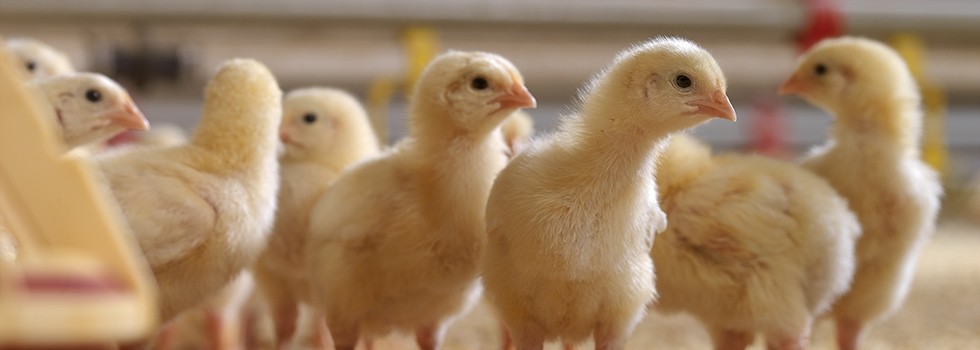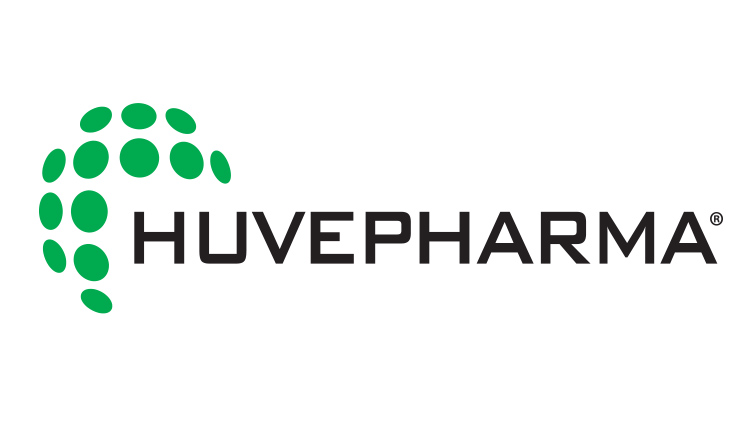Promotional Features
High P matrix values for a phytase: is phytate-P the limiting factor?
The phosphorus (P) matrix value of a phytase gives an indication of the release from P from phytate-P.
Exogenously added phytase in feed is used to liberate phosphorous (P), bound to phytate present in raw materials, lowering the feed cost by reducing the amount of added inorganic P. Increasing levels of phytase will lead to increased degradation of phytate, and thereby higher P release (= higher P matrix values). This further reduces the inclusion level of inorganic P sources, lowering the feed cost even further.
Recent phytases coming onto the market claim extremely high P matrix values, and the question arises if there is even enough phytate-P in the feed to justify these high matrix values. If not, these high P matrix values will be theoretical ones and a risk of P deficiency in feed will occur.
Source of phytate-P in feed
Although cereals have the highest inclusion levels in feed, it is mainly the inclusion level of the protein source that is influencing the total phytate-P level in the feed, as they contain higher levels of phytate-P.
Figure 1: Phytate-P levels in feedstuff (g/kg) according to CVB (The Netherlands) and INRA (France).
Meanwhile, cereal by-products are also high in phytate-P, however their inclusion level in feed is mostly limited. In the group of protein sources, sunflower seed meal and rapeseed meal have a higher level of phytate-P compared to soybean meal, while DDGS has a low phytate-P content. On the other hand, animal derived feedstuff (PAP, meat and bone meal, as well as whey protein and plasma protein) does not contain any phytate-P.
Figure 2: Range of analysed levels of phytate-P in different feed with or without feedstuff from animal origin (g/kg).
All phytate-P in feed cannot be degraded
Current phytases including OptiPhos® Plus can degrade phytate completely, removing all six P groups on the inositol molecule once the phytase makes contact to the phytate molecule. However, part of the phytate-P is trapped within the fibrous structure of feed materials, in particular the cereal by-products, and is thereby physically not reachable by the phytase.
Several research trials run by Huvepharma in the last few years have shown that a maximum of 80% of phytate-P can be ileal-digested in pigs and poultry with high inclusion levels of OptiPhos® Plus. Some nutritionists and researchers will only consider a maximum of 70% degradability of the phytate in feed, especially when a high level of cereal by-products is used.
Based on these estimates, the maximum P (available P) which can be released from total phytate-P in feed with or without animal products (as detailed in Figure 2) is shown in Figure 3. As the table illustrates, in commercial feed formulation there is little reason why a phytase should be added at a level where it claims P matrix values above 2.0g per kg of feed. With OptiPhos® Plus the P values at 2000 FTU//kg is 2.0g per kg for poultry, while for pigs it is 2.1g per kg. Therefore, it can be concluded that in high performing commercial feeds an inclusion level greater than 2000 FTU per kg is not justified.
Feed with levels of high levels of phytate-P (2.8-3.5g per kg), which would justify higher inclusion levels of a phytase, are however composed of feed materials of lower nutritional value, compromising the performance of the animal and thereby the commercial value of these feeds. In theory, a feed with high levels of phytate-P level can be formulated (and this is often done in research studies) and would justify the use of a phytase at an similarly high level level to yield P matrix values above 2.0 g/kg. However, animal performance on this feed is almost always below industry standards.
Figure 3: Maximum P (g/kg) which can be released from phytate-P in feed (above) assuming a 70 or 80 % degradability and with or without feedstuff derived from animal origin.
Estimating the phytate-P levels in feed: based on feedstuff database, NIRS or wet chemistry?
The question also rises as to the best method to estimate the phytate-P level in the feed. There are two ways do this: by calculating a value based on the declared phytate-P in feedstuff data bases, or by analysis. In the latter, this can be through NIR (Near-infrared) or by wet chemistry.
Regarding NIR it should be noted that the accuracy of analysis at these low levels is quite poor, and errors of 10-20% are common. Similarly, the determination of the phytate-P levels by wet chemistry produces an analytical error of up to 20%. Although it might be argued that the calculated phytate-P in feed based on the feedstuff database and the feed composition does not always reflect the local situation, it will still give the best estimate.
One option can be to use the phytate-P levels declared in feedstuffs of two different feedstuff databases, as this can achieve a more accurate estimate of the real phytate-P levels in feed. For instance, as can be seen in Figure 1, the declared phytate-P levels by CVB are higher compared to the ones of INRA, so final feeds will have a higher (CVB) or lower (INRA) phytate-P levels. So, using both values can give you a “minimum – maximum” range.
In summary, we can conclude the following: claiming matrix values higher than 2g P per kg of feed has no sense in commercially viable feeds as only 70-80% of the phytate-P can be destroyed; and the theoretical calculation of the phytate-P level from feed stuff databases is still the best way to estimate the real phytate-P levels in feed and is probably more accurate than estimation by NIRS or wet chemistry.





